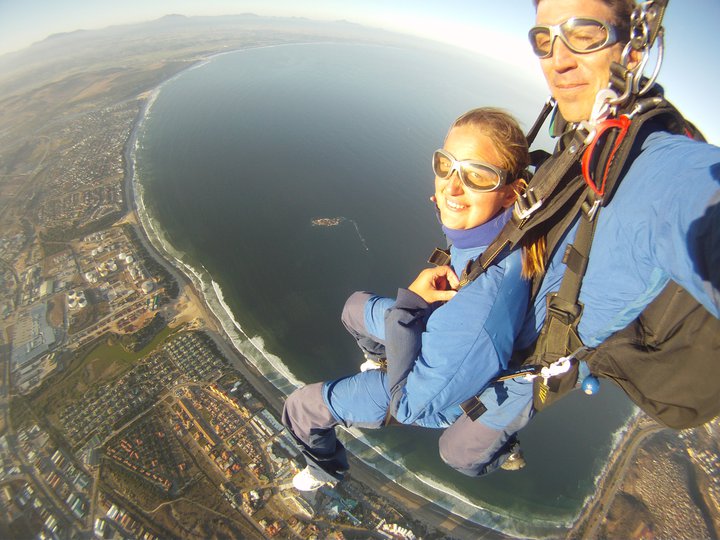 |
| Hurricane Katrina En Route in Louisiana; 08.2005 |
 |
| Military Official Overlooking Flooded New Orleans at Sunset; Hurricane Katrina 08.2005 |
After 2005 when Hurricane Katrina had hit, I discovered on all of my projects working in the Gulf of Mexico, that the topic “Hurricane Katrina” lingered on everyone’s tongues. Whether I met some gentlemen from Louisiana, Texas, Alabama, Mississippi, and even Florida; this horrific event was still on everyone’s mind. I recall some in-depth conversations with a few of my colleagues working on the Geco Snapper – “5 Best Flashbacks on the Geco Snapper; a Dedication to a Late Friend.”
 |
| Helicopter Pilots Searching for Bodies; Hurricane Katrina 08.2005 |
 |
| Flooding in Louisiana; Hurricane Katrina 08.2005 |
 |
| Hurricane Katrina’s Peak Intensity; 08.2005 |
 |
| Hurricane Katrina’s Path; 08.2005 |
On Thursday, August 25th, a day later, the tropical storm grew to the size of a hurricane. Later that day, Katrina made the shore of the east coast of Florida killing four people and leaving about 1,000,000 Floridians without power.
The storm was expected to hit the Florida panhandle next, while it was traveling at tremendous speed through the eastern Gulf of Mexico. The storm rapidly intensified after entering the Gulf, growing from a Category 3 hurricane to a Category 5 hurricane in just nine hours. This rapid growth was due to the storm’s movement over the “unusually warm” waters of the Loop Current, which increased wind speeds.
 |
| Residents Scurrying through Water; Hurricane Katrina 08.2005 |
On Saturday, August 27th, Katrina grew to a category 3 hurricane in the middle of the night. The path of the hurricane switched and was projected to hit New Orleans. The storm reached Category 3 intensity on the Saffir-Simpson Hurricane Scale, becoming the third major hurricane of the season.
An eye wall replacement cycle disrupted the intensification, but caused the storm to nearly double in size. Katrina again rapidly intensified, attaining Category 5 status on the morning of August 28 and reached its peak strength at 1:00 p.m. CDT that day, with maximum sustained winds of 175 mph (280 km/h) and a minimum central pressure of 902 mbar.
The pressure measurement made Katrina the fourth most intense Atlantic hurricane on record at the time, only to be surpassed by Hurricanes Rita and Wilma later in the season; it was also the strongest hurricane ever recorded in the Gulf of Mexico at the time (a record also later broken by Rita).
 |
| RV and Houses Submerged in Water; Hurricane Katrina 08.2005 |
On Monday, August 29, 2005 Katrina made landfall in Mississippi and Louisiana where levees were being breached and the city began to flood. Category 3 hurricane with sustained winds of 125 mph (205 km/h) near Buras-Triumph, Louisiana.
At landfall, hurricane-force winds extended outward 120 miles (190 km) from the center and the storm’s central pressure was 920 mbar. After moving over southeastern Louisiana and Breton Sound, it made its third landfall near the Louisiana/Mississippi border with 120mph (195 km/h) sustained winds, still at Category 3 intensity.
Katrina maintained strength well into Mississippi, finally losing hurricane strength more than 150 miles (240 km) inland near Meridian, Mississippi. It was downgraded to a tropical depression near Clarksville, Tennessee, but its remnants were last distinguishable in the eastern Great Lakes region on August 31st, when it was absorbed by a frontal boundary. The resulting extra tropical storm moved rapidly to the northeast and affected eastern Canada.
Hurricane Katrina was the costliest and one of the five deadliest hurricanes in the history of the United States. It was the sixth-strongest Atlantic hurricane ever recorded and the third-strongest hurricane on record that made landfall in the United States.
Katrina formed on August 23rd during the 2005 Atlantic hurricane season and caused devastation along much of the north-central Gulf Coast. The most severe loss of life and property damage occurred in New Orleans, Louisiana, which flooded as the levee system catastrophically failed; in many cases hours after the storm had moved inland.
 |
| Rescuers to Assist on Rooftop; Hurricane Katrina 08.2005 |
Broken Records:
The hurricane caused severe destruction across the entire Mississippi coast and into Alabama, as far as 100 miles (160 km) from the storm’s center. In the 2005 Atlantic season, Katrina was the eleventh tropical storm, fifth hurricane, third major hurricane, and second Category 5 hurricane.
Hurricane Katrina … was the costliest hurricane, as well as one of the five deadliest, in the history of the United States. Among recorded Atlantic hurricanes, it was the sixth strongest overall.
 |
| Military Official Frowing upon Flooded City; Hurricane Katrina 08.2005 |
This was not your typical bump caused by a small event, but this was evidence of the most recent Hurricane that took the South by surprise – Hurricane Katrina. As I glanced around the crossroads, I noticed several large bumps strategically placed in the middle of the streets.
As I crossed the street to the Margarita place, I felt the rigidness of the road squishing beneath my flip flops. This was truly uncomfortable to walk on; several large patches of road seemed to intertwine with the oncoming traffic lane.
 |
| Boats on Bridge; Hurricane Katrina 08.2005 |
 |
| Dead End; Hurricane Katrina 08.2005 |



